French Cooking Secrets Worth Adopting
Good cooks are always on the lookout for better ways to do things. So when I ran onto a few French tips on a favorite site, Food 52 (www.food52.com), I knew our Cook’n good cooks would want to know these.
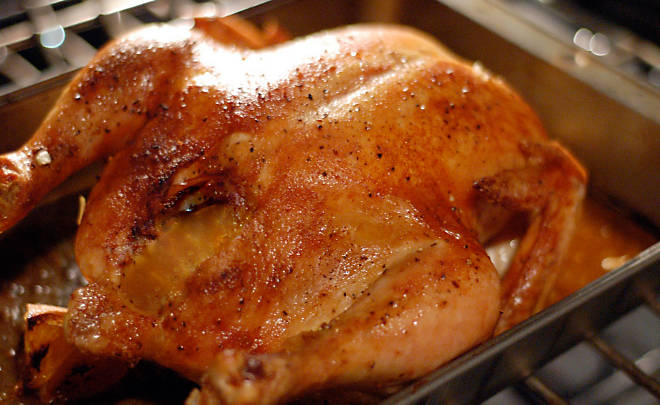
For instance, want to have the crispiest skin EVER on your roast chicken? Here’s what the French have been doing for centuries: Put it in a shallow bowl and pour boiling water over it. Remove it from the water and pat it dry. Coat it with a little olive oil (or butter) and sprinkle it with salt before popping it in the oven.
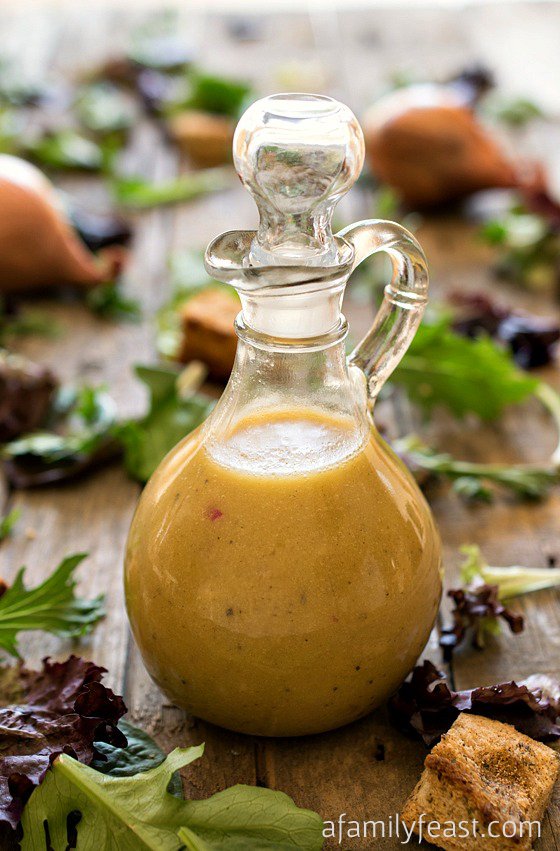
And a technique for perfect, well-blended vinaigrette? Make sure you always mix the mustard and vinegar before incorporating the oil. The oil emulsifies much better (and quicker) when the mustard and vinegar are first introduced to each other.
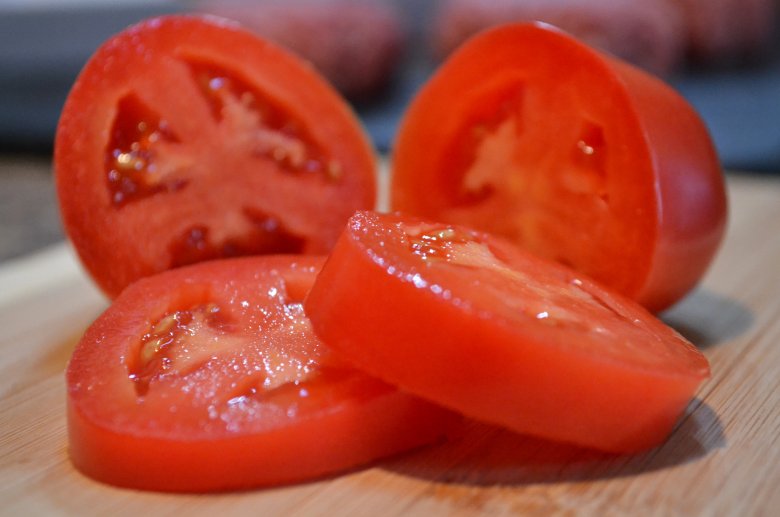
How about resuscitating BLAH tomatoes? French trick: Toss slices with a little salt and leave them for ten minutes or so. Along with drawing out a lot of the liquid, it also draws out a lot of flavor. A surprising amount of flavor.
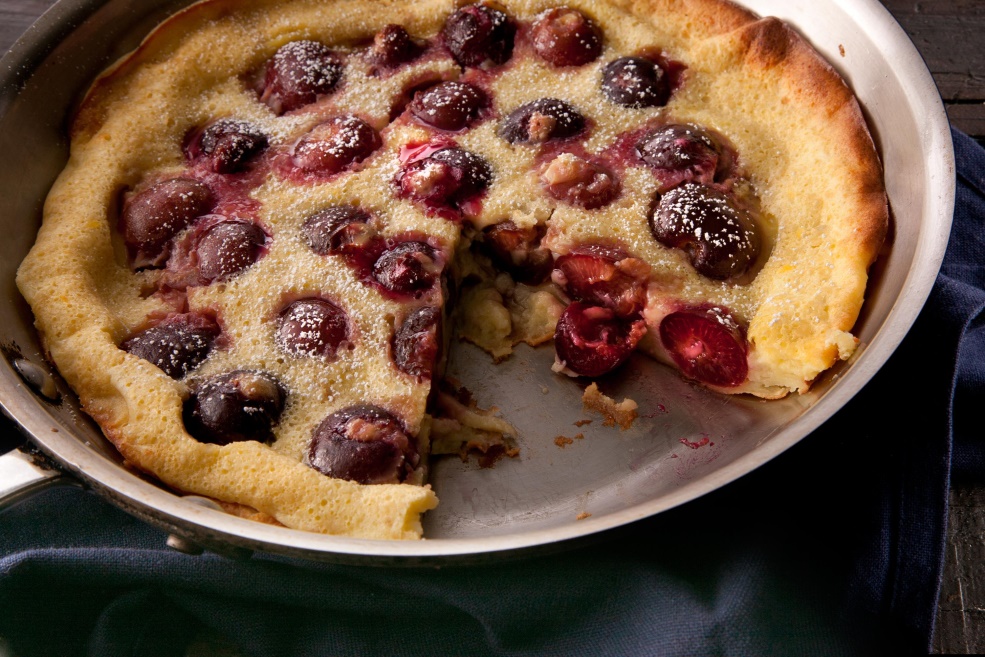
Then there’s knowing how to make perfect clafoutis. What’s clafoutis? Rustic and easy to prepare, this is a French country dessert that puffs up impressively before it collapses into a soft, custardy pancake. Classic versions are studded with sweet cherries, though other stone fruits, like apricots, can be used. While clafoutis is usually served as a dessert, it makes a delicious breakfast dish as well.
A typical problem with making clafoutis is the sinking of the cherries. They should float, but too much of the time they don’t. It’s just disappointing when the cherries sink to the bottom and the batter covers up that beautiful cherry color. An old trick which Julia Child picked up on her stay in France was to put half of the batter into the clafoutis pan and par-cook before adding the remainder of the batter and cherries. The cherries then have a little shelf to sit on, thus they don’t get buried.
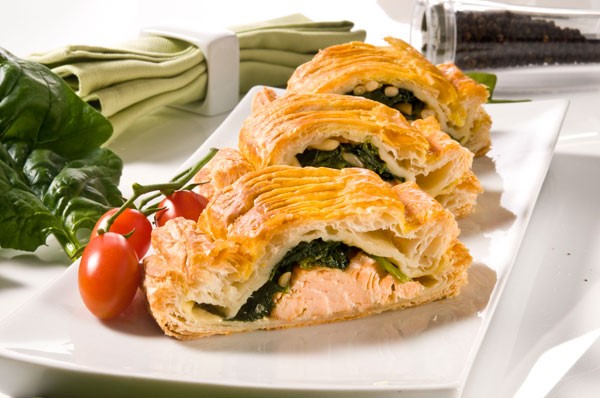
Another common French cooking tip designed to get dinner on quickly involves cooked rice. While the rice is cooking, a combination of onions, zucchini, red pepper (or any choice of vegetables) is sautéed. Then a long, rectangular strip of puff pastry is placed on a baking tray and the rice is spread over it, leaving about a 1” gap around each edge.
On top of the rice, the sautéed vegetables and a fillet of salmon are arranged, and then it’s all topped with chopped herbs. The entire dish is then covered with another layer of puff pastry and coated in egg wash. It’s baked in a 350 degree oven for about 20 minutes or until the salmon flakes and the pastry is nicely browned. The overall prep time is around 20 minutes and the results are outstanding.
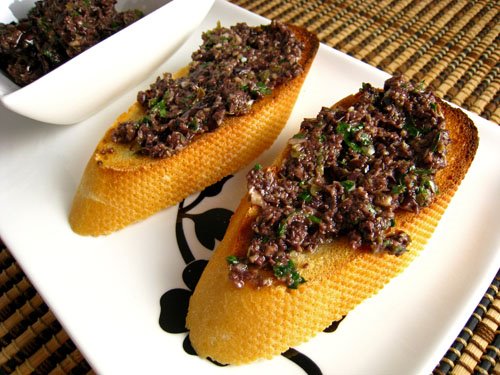
Lastly, one more French secret worth adopting: Turn to tapenades. A tapenade is basically an olive pâté flavored with anchovies and capers. Typically black olives are used, but green olive tapenades can also be found on market stalls. Making tapenade is actually pretty easy: olives, anchovies, and capers are ground together, then olive oil and lemon juice are added to blend the pâté, and finally, aromatic herbs are added, such thyme and laurel. The French use them to garnish seafood and poultry and even create full meals by combining them with hearty, crusty bread and goat cheese.
- www.dartagnan.com
- www.afamilyfeast.com
- www.mashed.com
- www.chowhound.com
- www.academiabarilla.com
- www.frenchcountryfood.com
 Alice Osborne
Alice Osborne
Weekly Newsletter Contributor since 2006
Email the author! alice@dvo.com
